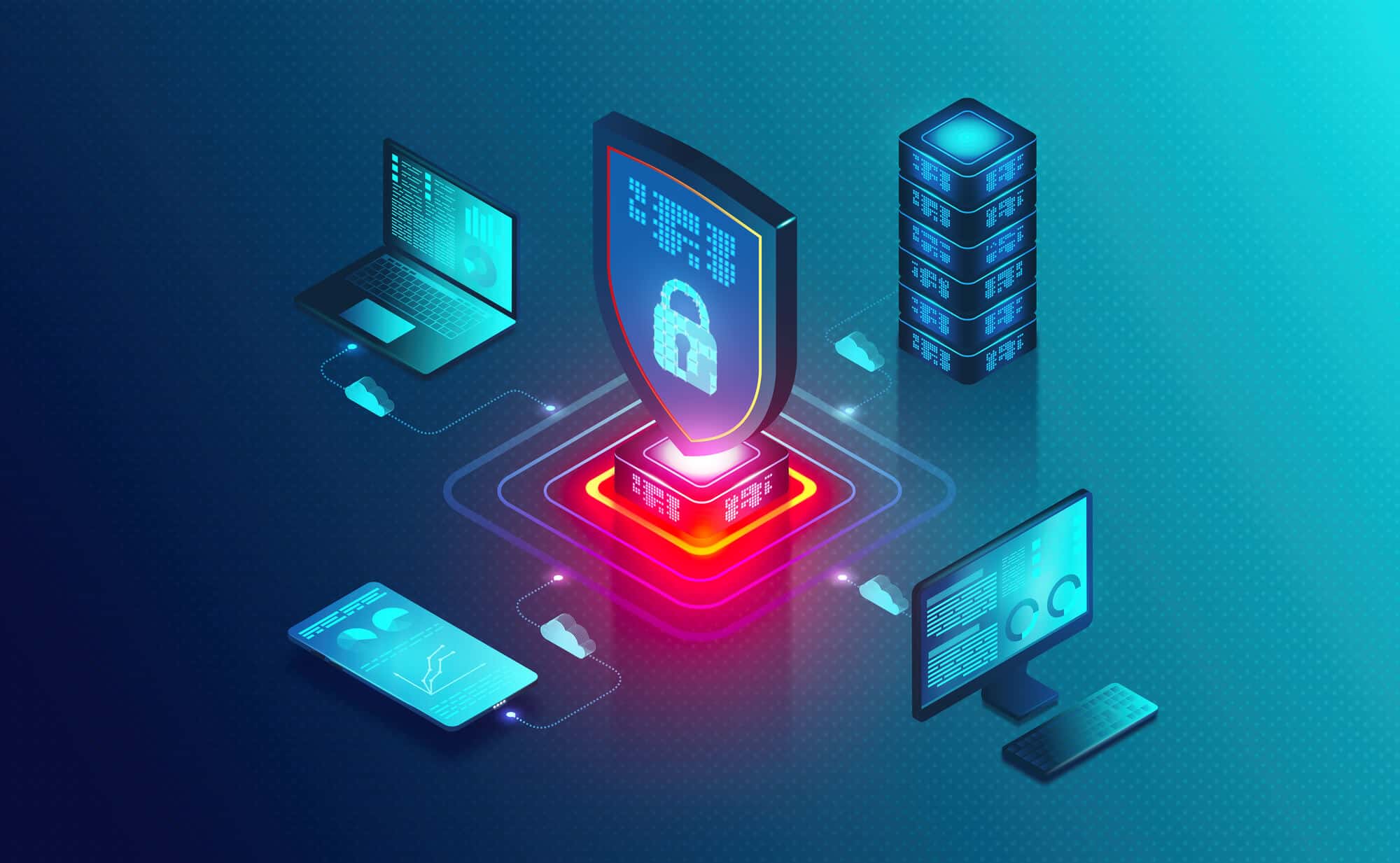Evaluating Network Security Threat Levels
In an era where cyber threats are evolving at an unprecedented rate, understanding and evaluating network security threat levels is critical for safeguarding organizational assets. This comprehensive article delves into the intricacies of network security threat evaluation, focusing on methodologies, key considerations, real-world examples, and the role of advanced tools in enhancing threat detection and mitigation.
Introduction
Network security threat evaluation involves assessing potential threats that could compromise the integrity, confidentiality, and availability of an organization's network and data. Effective threat evaluation is a cornerstone of robust cybersecurity strategies, enabling organizations to prioritize resources, implement targeted defenses, and enhance their overall security posture.

Importance of Evaluating Network Security Threat Levels
1. Proactive Defense
Evaluating threat levels allows organizations to anticipate and prepare for potential cyber attacks. By identifying and assessing threats, organizations can implement proactive measures to mitigate risks before they materialize into full-scale breaches.2. Resource Allocation
Understanding the severity and likelihood of various threats helps organizations allocate their cybersecurity resources more effectively. High-risk threats can be prioritized, ensuring that critical vulnerabilities are addressed promptly.3. Incident Response
A thorough threat evaluation provides a foundation for effective incident response planning. Knowing the potential threats and their impact enables organizations to develop targeted response strategies and reduce the time to recovery in the event of a breach.Methodologies for Evaluating Threat Levels
1. Risk Assessment Frameworks
Frameworks such as NIST SP 800-30 and ISO/IEC 27005 provide structured approaches to risk assessment. These frameworks guide organizations through the process of identifying, evaluating, and prioritizing risks based on their impact and likelihood.2. Threat Intelligence
Leveraging threat intelligence feeds from reputable sources allows organizations to stay informed about emerging threats and attack vectors. Integrating threat intelligence into security operations enhances the accuracy of threat evaluations.3. Vulnerability Assessments
Conducting regular vulnerability assessments helps identify weaknesses in the network that could be exploited by cyber threats. By mapping vulnerabilities to potential threats, organizations can assess the risk levels more effectively.4. Penetration Testing
Penetration testing, or ethical hacking, simulates real-world attacks to evaluate the effectiveness of security controls. The findings from penetration tests provide valuable insights into the organization's susceptibility to various threats.Key Considerations in Threat Evaluation
1. Asset Valuation
Understanding the value of assets within the network is crucial for evaluating the potential impact of threats. Critical assets, such as customer data and intellectual property, require heightened protection.
2. Threat Landscape
The evolving threat landscape necessitates continuous monitoring and adaptation of threat evaluation processes. New vulnerabilities, attack techniques, and threat actors must be considered in the assessment.3. Business Impact Analysis
Assessing the potential business impact of different threats helps prioritize them based on their severity. Financial loss, reputational damage, and operational disruption are key factors to consider.4. Compliance Requirements
Regulatory compliance, such as GDPR, HIPAA, and PCI DSS, imposes specific security requirements. Evaluating threats in the context of compliance helps ensure adherence to legal and regulatory standards.Real-World Examples of Network Security Threats
1. WannaCry Ransomware Attack (2017)
The WannaCry ransomware attack affected thousands of organizations worldwide, encrypting data and demanding ransom payments. The attack exploited a vulnerability in Windows operating systems, highlighting the critical need for timely patching and vulnerability management.2. Target Data Breach (2013)
The Target data breach resulted in the theft of 40 million credit and debit card records. Attackers gained access through a third-party vendor, emphasizing the importance of evaluating third-party risks and securing supply chains.3. SolarWinds Supply Chain Attack (2020)
The SolarWinds attack compromised numerous government and private sector organizations. Attackers inserted malicious code into a software update, demonstrating the complexity and sophistication of modern threats and the necessity for comprehensive threat evaluation.Role of Advanced Tools in Threat Evaluation
1. Security Information and Event Management (SIEM)
SIEM systems collect and analyze security data from across the network, providing real-time insights into potential threats. Advanced analytics and machine learning enhance the detection of anomalies and suspicious activities.


